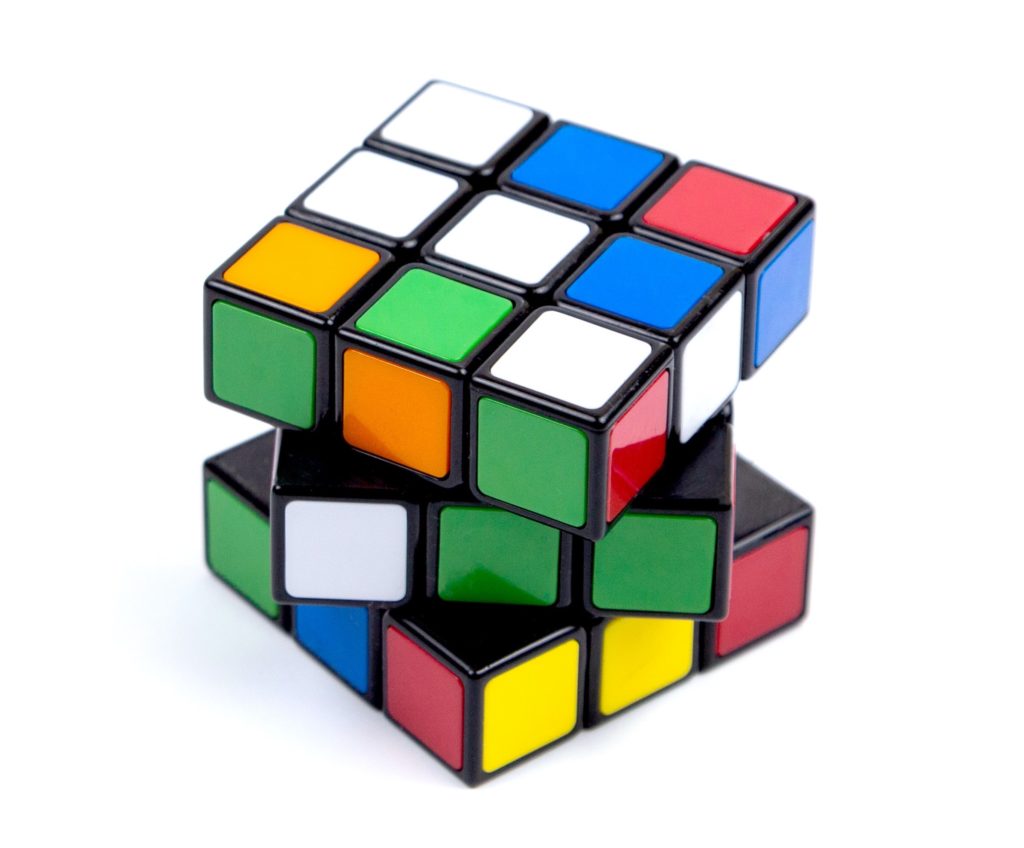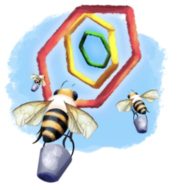Storytelling Box Teams First Cohort: Lessons Learned
This fall, several libraries from around the country joined us to explore and make “storytelling boxes.” Our focus was on libraries with makerspaces or with maker/builder leanings.
As one of the lead instructors for the Storytelling Boxes (Fall 2022), I wanted to share a few lessons learned for other libraries in the future.

Lean into content specificity to find the fun.
Start with a very small, curated set of content that connects thematically or narratively.
Finding the fun can be difficult within a content set. The inclination to use a large quantity of content does not necessarily translate into making for an exciting, fun experience. We find that trimming down to even as small as 3-5 pieces of content that are specific, unique, interesting, or unexpected that can fit together make for the best user experiences. Connecting content through real or imagined narratives can help find the fun while maintaining a level of cohesiveness throughout the experience.

Bite-sized fun works better for a broad audience.
Be the TikTok of experiences; short, sweet, and to the point.
Along the same lines of keeping the content concise, the experience itself should feel like a bite-sized experience. Think of the popularity differences between TikTok (and previously Vine) versus YouTube; short-form videos versus traditionally longer-form videos.
A video that is 30 seconds long that is looking to convey a lot of information is forced into more creative methods of information delivery by virtue of the time constraint. A 30 minute video on the same subject can take its time and can delve into connected tangents because there is no real time limit. By virtue of the forced creativity, the short-form video will tend to be more popular, grab more attention, be more easily shared, and capture attention in a way that will make the salient points of information stick.

Don’t be afraid to pivot an experience in a way that removes distracting elements.
When one door closes, a new one opens. Do so without fear.
Is your technology getting in the way of creating your experience? Ditch it. At the end of the day, technology can create interesting ways of interacting with content, but at the core of the experience is the content. If technology issues are starting to get in the way of production, don’t be afraid to ditch a problematic technology and find one that will allow you to create something to highlight your content. Maybe once you swap technologies, you find that your physical installation no longer makes sense; feel free to extend your redesign to the installation as well.
One library in the first cohort decided to use a felt board that they modified by cutting out an area for their touchscreen to act as the basis for their physical installation. The advantages they highlighted from using the felt board were its content adaptability and portability.
The library had used Canva as the technology to run their game on, using the touchscreen as both the display and control system. While they saw easy ways that they could adapt the Canva project to integrate new content or refresh their content over time, they were initially stuck on how they would be able to visually translate the change in content to patrons. The felt board was a solution that allows them to easily swap the visual design of their installation without having to build something new everytime the content is refreshed.
In addition to the visual advantages, the library found that the portable nature of the felt board allows them to try lots of different locations at their library to locate the perfect spot to have the most interactions with patrons. Aside from moving around the library itself, the portability also allows them to reach beyond their walls to temporarily install their game at events and locations around the community.

Expect to create something with your current level of technological knowledge (or just beyond).
Time is limited – expect to sharpen existing technology skills through practice instead of learning new skills.
Learning new technologies and coding are possible and, arguably, more accessible than ever. One element that is still required for this learning is time. With the nature of these projects, it is unlikely that there will be enough time set aside to learn a new technology on top of the design and production process of the project. While we always encourage innovation and learning, the reality of time commitment caution us to the expectation of learning multiple new technologies on top of the time already being spent on the project.
Through practice and use, already learned technical skills can certainly be sharpened, but we believe there is unlikely to be sufficient time to support learning new skills. We encourage innovation through the exploration of the technical skills participants already possess and seeing how much further those skills can be leveraged in the production process of a storytelling box.

One thought on “Storytelling Box Teams First Cohort: Lessons Learned”